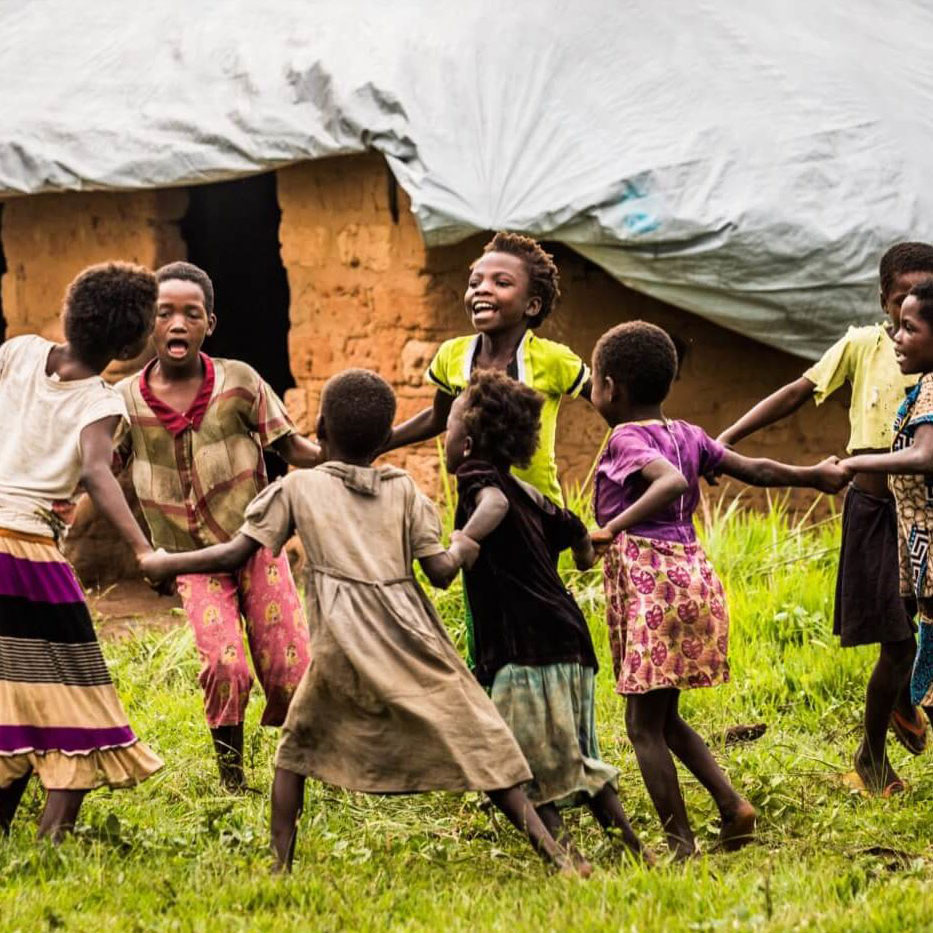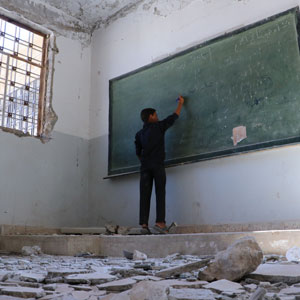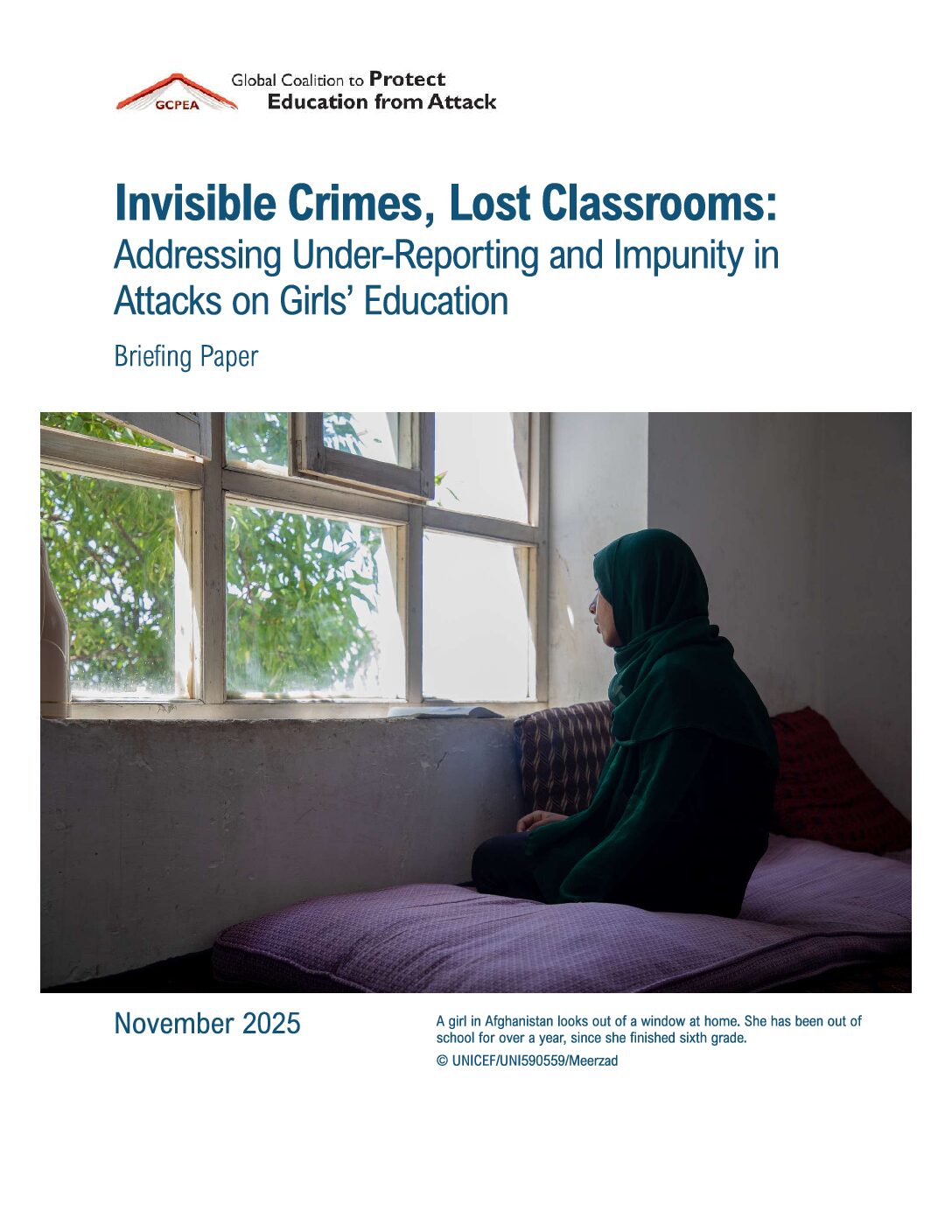GCPEA News
Bleary-Eyed Syrian Troops Fight a Building at a Time
New York Times, October 24, 2012
HOMS, Syria — For more than 24 hours, President Bashar al-Assad’s soldiers fought their way through this city, bleary-eyed men, worn down by months of combat. Afraid to go into the streets, where snipers pick their targets, the government men snaked their way through “mouse holes” punched in walls of blown-out buildings. Their goal was to retake one building, just one, a former school controlled by the rebel Free Syrian Army.
“We will eventually get this school,” said Rifaf, part of a small group of soldiers on the mission. “But it’s a matter of time.”
In many ways, Homs serves as a microcosm of Syria, a community of Sunnis, Shiites, Alawites and Christians who lived side by side, only to find that the collapse of the police state quickly dissolved any sense of common purpose. Civil war came to Homs early, and it has ground on ever since, one street, one building, one apartment at a time. It has been a seesaw, with the opposition gaining ground, then the government taking it back.
That is the story of the school, this group of government soldiers and a nation caught in a contest of attrition. Half of Homs exists as it did before, where some Christians and Alawites, allied with President Assad, still cling to a normal routine, visit cafes and enjoy strolling the streets.
The other half is rubble.
“See the snipers? They have been shooting at us all day,” Rifaf said as he took cover in an abandoned apartment, crouched beneath a window as the familiar crack of automatic gunfire echoed in the courtyard.
“The sniper is there,” he said, nodding toward a blasted-out building a few blocks away. Like the others interviewed for this article, he did not want to be fully identified for security reasons.
That was the school, a building used by the insurgents as a weapons depot. And it was the day’s objective.
Homs, Syria’s third-largest city, is one of many hot spots around the nation, where the military and the insurgents play a lethal game of cat and mouse. Last week, the government began an operation to retake the whole city.
The government’s men here say they respect the opposition, at least as fighters, noting that they are challenging adversaries, skilled at urban combat and far more familiar with the terrain. But these men also feel deeply about their cause, fighting for a state that they support and a leader for whom they at least say they are willing to give their lives.
The government wanted that story told, so it allowed a reporter based in Paris to have exclusive access to Homs in the company of a Ministry of Information officer, and to be effectively embedded for one day with Syrian soldiers.
The commander of that unit said he was not sure how many rebel soldiers were left in Homs, within their stronghold inside the Old City, but he estimated 1,500 to 2,000 fighters.
“They know what they are doing,” he said.
His senior officer, who goes by General Baba and is the son of a farmer, said: “We will win. It will take time, but we will win.” He sat in his office, a burned-out storefront, with a rocket-propelled-grenade launcher balanced on his hip.
But it is exhausting work, and these men are showing the strains. “We fight for hours, sometimes days, to take one building,” said Rifaf, the young soldier, whose name translates roughly to the sound a bird makes when its wings flutter.
To reach the front line, the soldier and the government guide, Shaza, traveled through the ruins of Bab al-Sebaa Street, once among the better addresses in this war-weary city.
With a few Syrian Army soldiers, the group navigated its way through deserted buildings, climbing through mouse holes while snipers looked down from many a rooftop.
There were signs everywhere of the retreating opposition, and in one open area amid the rubble there was what looked like a rebel base: a couple of homemade bombs, medical supplies scattered on the tables of a makeshift infirmary. The rebels left in haste after an all-night battle fought simply to open a route to reach the ultimate objective, the school.
“For torture,” Shaza, the Information Ministry official, said as she pointed to meat hooks and electric wires dangling from the walls. It was hard to know. Perhaps the meat hooks had been used to hang intravenous bags, or perhaps for nothing, but this was the government’s tour, and its version of events. There was a hole in the ground, too. It looked like a well, at the base of a wall.
Shaza said that bodies of Syrian soldiers had been found, dumped in the hole.
The Syrian government has grown frustrated with its inability to crush the opposition forces, so it has adopted an unforgiving strategy of using tanks, artillery and aircraft to bomb and blast them into submission. That has worked in smaller places, like the village of Maarat al-Noaman, obliterated last week just after the opposition declared it “liberated.”
But it cannot work here: the city is too large, too built up, so the government’s soldiers are forced to fight on the ground, and find their way through these kinds of spaces.
The small unit stationed here was a mixture of young recruits and older career officers. “God! Syria!” they chanted as they made their way through the warren that has become the city. “Syria and God!”
When the senior commander in Homs was asked how many men he had lost, he paused, sipped tea and replied, “A huge amount.”
Few of the civilians who remain here see a way back. They hold on to what they have, but also recognize that the social fabric has unraveled so much that they are not sure of the way forward.
“Some people here hate,” said Mayada, part of the Ismaili Shiite minority, who is married to an Alawite and lives in one of the safer neighborhoods.
“But some get much closer because we refuse a sectarian war,” Mayada said. “Some keep neutral — I would say 60 percent — and learn to live with the bombs.”
Shaza, the information officer, tried to spin a more optimistic view, saying that thousands of people had returned to Homs. Carla, 32, a Christian mother of three children, returned recently to a shuttered house opposite the destroyed St. Matanius Church. Her daughter Naya, 12, has seen the devastation of war in a personal way. “Nobody,” she said with a grown-up voice, “knows where this war is going.”
Outside, the fighting continued, grinding on through the night.
By morning, Rifaf and his exhausted comrades had taken the school, but there was no celebration. They were exhausted.
“We’ve finished the battle at 5 a.m.,” he croaked in a weary voice. “I’ve got to sleep because we have to start again later in the day.”



